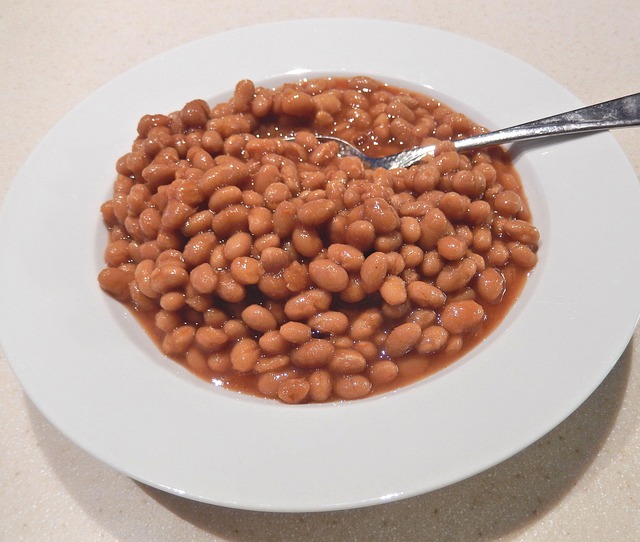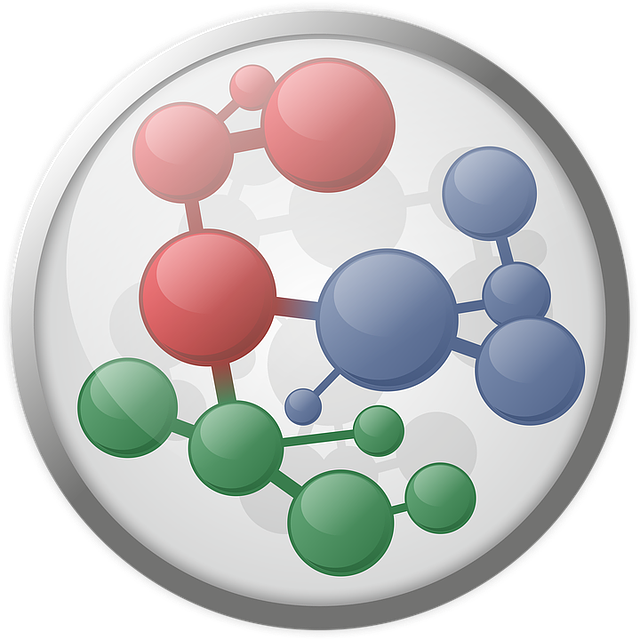Stem cell culture media is a finely tuned blend of nutrients and growth factors crucial for efficient cell proliferation, maintenance of pluripotency, and safe harvesting. Optimizing media composition, pH, oxygen tension, and supplements activates signaling pathways, driving mesenchymal stem cells (MSCs) proliferation while avoiding differentiation or senescence. Xeno-free and pyrogen-free media, along with rigorous quality control, enhance scalability and safety for therapeutic applications, unlocking the potential of stem cell research.
“Unleashing the power of cell proliferation is a cornerstone in stem cell research, enabling transformative advancements. This article guides you through the intricate process of enhancing stem cell growth. From grasping the fundamentals of stem cell culture media to uncovering essential components and growth factors, we delve into the secrets of optimal cell division. We explore challenges encountered in stem cell proliferation studies and present innovative solutions, ensuring researchers navigate this complex landscape with confidence.”
- Understanding Stem Cell Culture Media Requirements
- Key Components for Optimal Proliferation
- Growth Factors and Their Role in Boosting Cells
- Optimizing Conditions for Efficient Cell Division
- Challenges and Solutions in Stem Cell Proliferation Studies
Understanding Stem Cell Culture Media Requirements

Stem cell culture media is a complex and critical component in understanding and achieving cell proliferation boost. To support the unique requirements of these versatile cells, the media must be carefully formulated to promote optimal growth and differentiation. This involves balancing essential nutrients, growth factors, and supportive components tailored to specific stem cell types, such as mesenchymal stem cells (MSCs).
Media optimization for clinical-grade stem cells goes beyond basic nutritional needs. It includes considerations like maintaining pH balance, providing appropriate oxygen tension, and incorporating specialized supplements that enhance cellular signaling pathways responsible for self-renewal and multipotency. A media for efficient MSC harvest, for instance, should not only foster proliferation but also facilitate easy harvesting and isolation of these cells, which are widely used in regenerative medicine due to their potential for therapeutic applications. Stem cell media formulations thus play a pivotal role in advancing research and clinical applications by enabling the cultivation of healthy, viable stem cells capable of differentiating into various specialized cell types.
Key Components for Optimal Proliferation

The key components for optimal cell proliferation, particularly in the context of stem cell culture media, involve a delicate balance of essential nutrients and growth factors. High-quality stem cell media is meticulously formulated to provide the ideal environment for cells to thrive and divide. This includes specialized supplements like fetal bovine serum (FBS) or human plasma-derived products, which offer a rich source of hormones and growth factors that stimulate proliferation while maintaining cellular viability.
In addition, rigorous stem cell media stability testing is crucial to ensure consistent performance throughout the culture process. By evaluating the stability of components such as vitamins, minerals, and amino acids, researchers can optimize media formulations for maximum efficacy. Furthermore, exploring serum replacement options in stem cell culture allows for enhanced flexibility and reduces potential contamination risks associated with animal-derived serums. Media screening for stem cell applications is another vital aspect, enabling scientists to identify and remove any unwanted substances that may hinder proliferation or introduce complications during differentiation processes.
Growth Factors and Their Role in Boosting Cells

Growth factors play a pivotal role in enhancing cell proliferation, especially in the context of stem cell culture. These specialized proteins act as powerful signaling molecules, regulating various cellular processes such as cell division, differentiation, and survival. In the realm of stem cell research, understanding how to manipulate growth factors is key to creating optimal conditions for cell growth. For instance, specific growth factors can stimulate the proliferation of neural stem cells, leading to their differentiation into neurons or glial cells, which are crucial components of the central nervous system.
The formulation of xeno-free and pyrogen-free stem cell media has revolutionized in vitro stem cell culture. These specialized stem cell media blends eliminate potential contaminants like animal products and endotoxins, ensuring a cleaner and safer environment for cellular growth. This advancement is particularly significant when aiming to scale up stem cell production for therapeutic applications, as it overcomes regulatory hurdles and enhances the overall quality of the final product. By carefully tailoring growth factor concentrations and choosing the right media components, researchers can create microenvironments that foster efficient cell proliferation, contributing to groundbreaking discoveries in regenerative medicine and beyond.
Optimizing Conditions for Efficient Cell Division

Optimizing conditions for efficient cell division is paramount in stem cell research and applications. The composition of stem cell culture media plays a crucial role in this process, as it provides the necessary nutrients, growth factors, and supportive environment required for cells to proliferate and maintain their pluripotency. Specialized stem cell media blends are designed to meet the unique demands of different types of stem cells, such as neural stem cells. These media formulations for clonal expansion of stem cells often incorporate specific components like neurotrophic factors and laminin-coated surfaces, which facilitate the efficient culture and differentiation of neural stem cells.
By meticulously tailoring media formulations, researchers can enhance cell proliferation while minimizing unwanted effects. This involves carefully balancing essential macronutrients, supplementing with specialized growth factors, and maintaining optimal pH and oxygen levels. Moreover, regular quality control checks and standardization of media components ensure reproducibility and consistency in experimental outcomes, facilitating the advancement of stem cell-based therapies and research applications.
Challenges and Solutions in Stem Cell Proliferation Studies

Stem cell proliferation studies face several challenges due to the complex nature of these cells and their intricate requirements. One significant hurdle is maintaining optimal conditions for stem cell culture media. The medium composition, including growth factors, supplements, and nutrients, must be carefully tailored to support rapid and healthy cell division without inducing differentiation or senescence. This delicate balance is crucial for achieving efficient expansion of undifferentiated stem cells.
Researchers have developed innovative approaches, such as stem cell bioreactor media optimization, to address these challenges. By employing specialized bioreactors, researchers can control key parameters like oxygen tension and nutrient delivery, ensuring consistent and high-quality stem cell culture. Furthermore, implementing stem cell culture quality assessment guidelines helps monitor cell viability, proliferation rates, and potential contaminants, allowing for timely adjustments to the media and cultivation conditions. These strategies contribute to the development of effective media for efficient mesenchymal stem cell harvest, ultimately advancing our ability to harness the therapeutic potential of these remarkable cells.
Cell proliferation is a complex process that requires meticulous attention to stem cell culture media components. By understanding the key factors, optimizing conditions, and addressing challenges, researchers can harness the potential of stem cells for various applications. Growth factors play a pivotal role in boosting cell numbers, while careful control over media composition facilitates efficient division. As research progresses, continuous refinement of stem cell culture media will be essential to unlock the full capabilities of these versatile cells.














